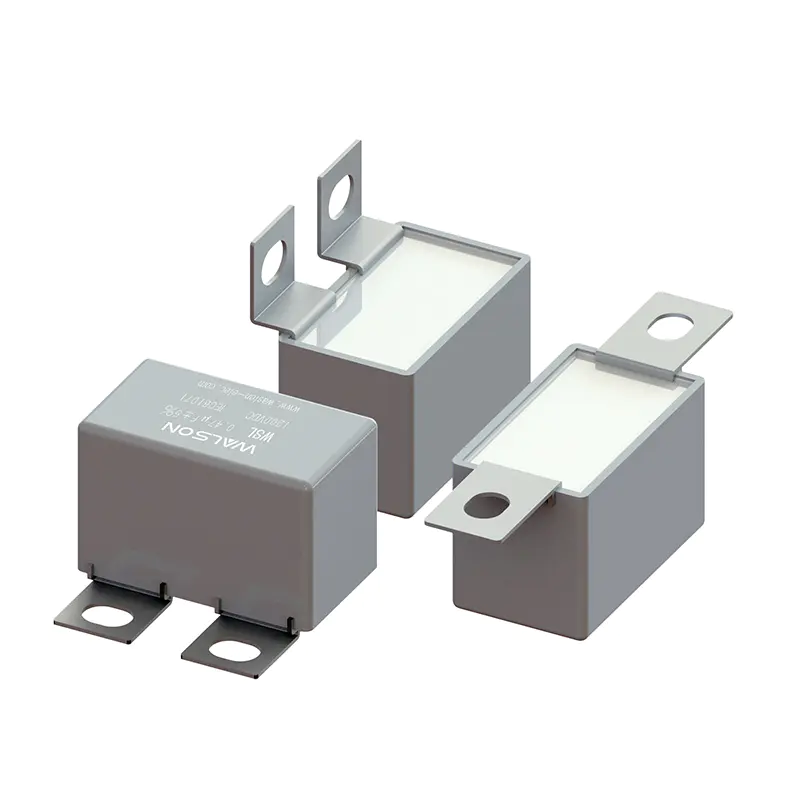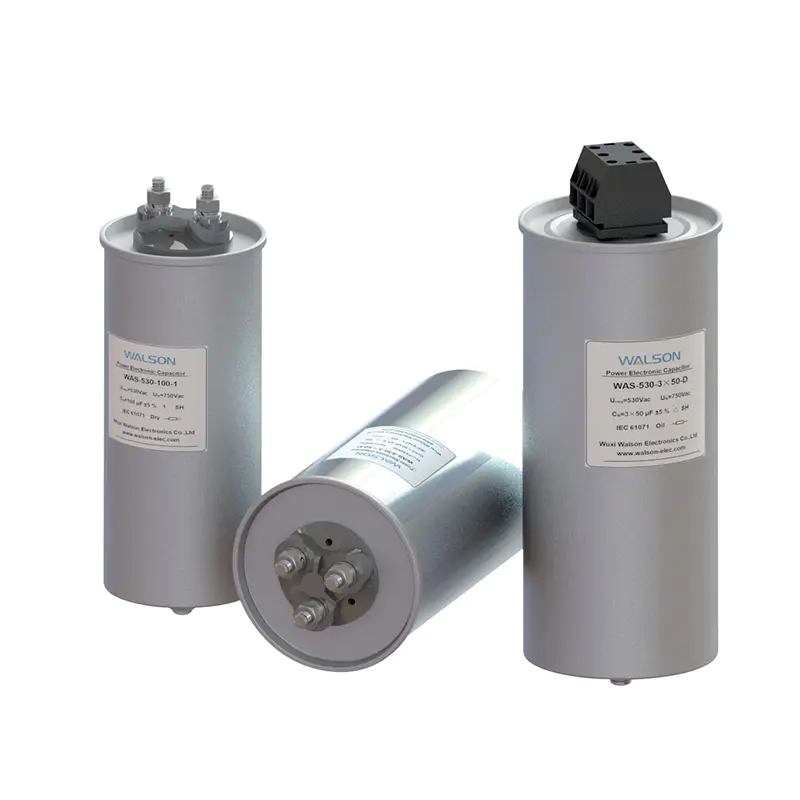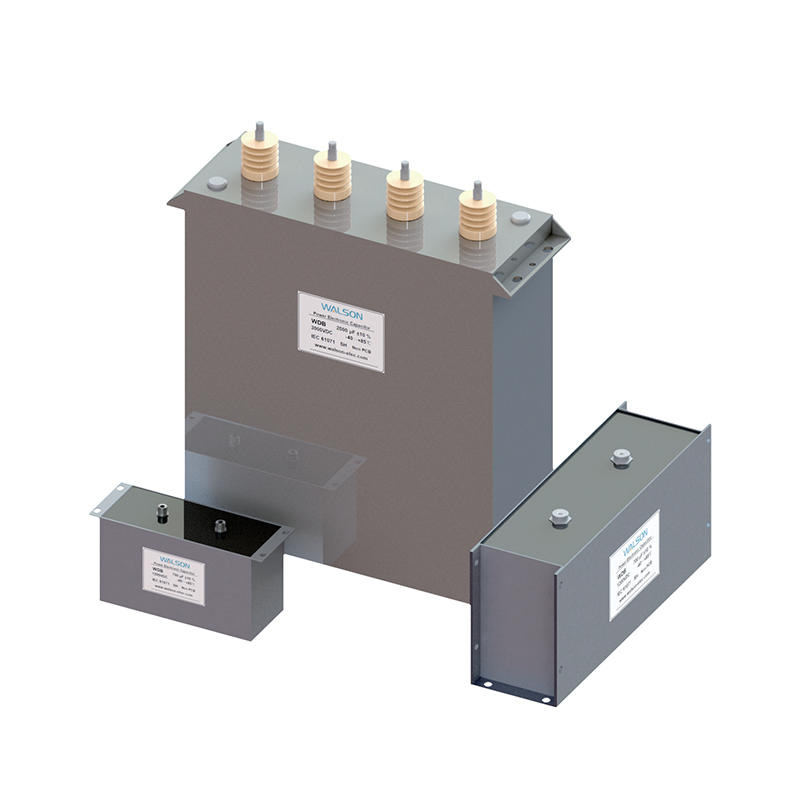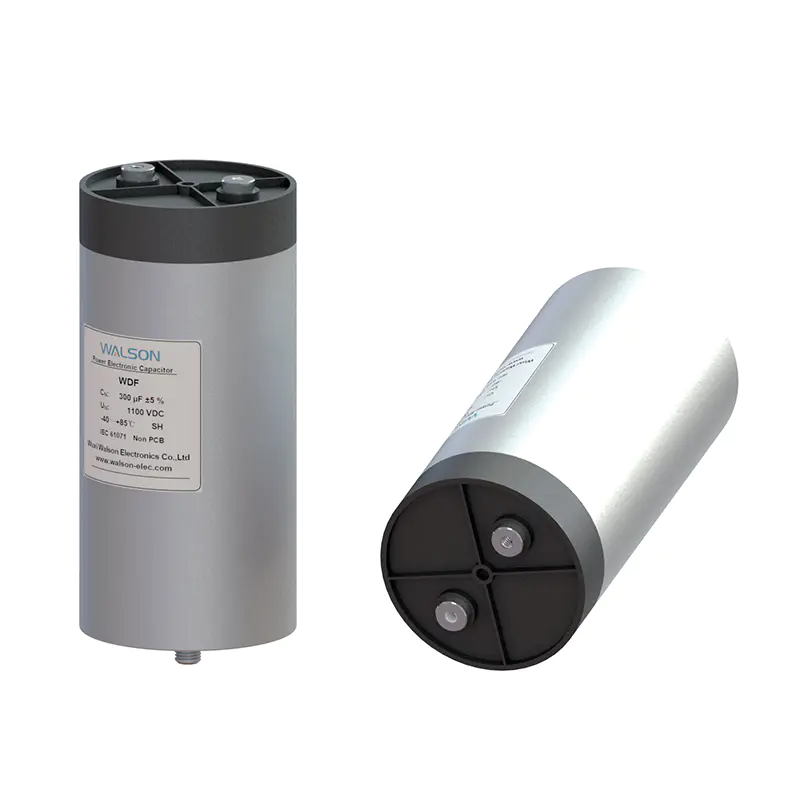- Home
- Products
- Applications
- Capacitors for Household Appliances
- Capacitors for Power Supply
- Capacitors for LED Lighting
- Capacitors for Mobile And DSL Appliances
- Capacitors for Automotive& Vehicles
- Capacitors for Photovoltaic Inverters
- Capacitors for Wind Power Plants
- Capacitors for Renewable Energy Systems
- Capacitors for Induction Heating
- Capacitors for Medical Equipments
- Capacitors for Industrial Control
- Capacitors for Power Electric
- Capacitors for Rail Transit
- Capacitors for Smart Grid
- Capacitors for University & Research Instituite (High Energy Physics)
- About Us
- News
- Contact Us
-
- Capacitors for Household Appliances
- Capacitors for Power Supply
- Capacitors for LED Lighting
- Capacitors for Mobile And DSL Appliances
- Capacitors for Automotive& Vehicles
- Capacitors for Photovoltaic Inverters
- Capacitors for Wind Power Plants
- Capacitors for Renewable Energy Systems
- Capacitors for Induction Heating
- Capacitors for Medical Equipments
- Capacitors for Industrial Control
- Capacitors for Power Electric
- Capacitors for Rail Transit
- Capacitors for Smart Grid
- Capacitors for University & Research Instituite (High Energy Physics)
Web Menu
- Home
- Products
- Applications
- Capacitors for Household Appliances
- Capacitors for Power Supply
- Capacitors for LED Lighting
- Capacitors for Mobile And DSL Appliances
- Capacitors for Automotive& Vehicles
- Capacitors for Photovoltaic Inverters
- Capacitors for Wind Power Plants
- Capacitors for Renewable Energy Systems
- Capacitors for Induction Heating
- Capacitors for Medical Equipments
- Capacitors for Industrial Control
- Capacitors for Power Electric
- Capacitors for Rail Transit
- Capacitors for Smart Grid
- Capacitors for University & Research Instituite (High Energy Physics)
- About Us
- News
- Contact Us
Product Search
Exit Menu
Why Does Self-Healing Define the Reliability of Film Capacitors?
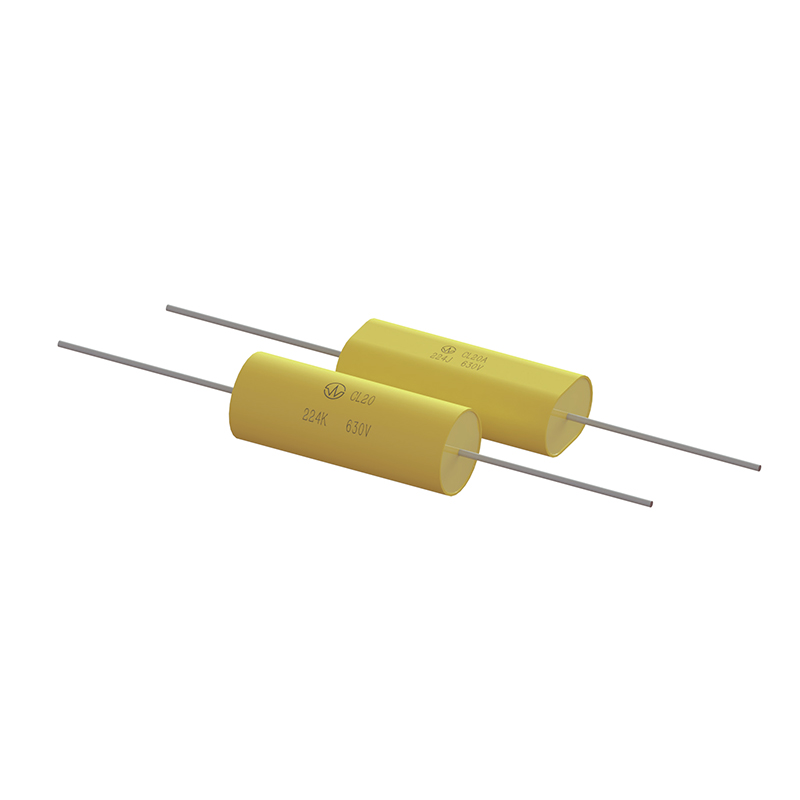
Why Does Self-Healing Define the Reliability of Film Capacitors?
In the rapidly evolving field of electronic component manufacturing, the reliability of capacitors determines the long-term performance of circuits, especially in energy systems, frequency conversion, and industrial automation. Among various capacitor technologies, the film capacitor has gained industry-wide attention for its unique self-healing characteristic — a feature that directly influences stability, safety, and lifespan.
The Essence of Self-Healing in Film Capacitors
A film capacitor is a non-polar capacitor that uses thin dielectric films such as polypropylene or polyester. When metallization is applied to the film surface, the component is referred to as a metallized film capacitor. One of the notable features of this structure is its inherent self-healing ability.
Self-healing refers to the process by which the capacitor automatically isolates local dielectric breakdown points. When a minor defect occurs in the dielectric layer due to voltage stress or impurities, the thin metal layer around the damaged area vaporizes instantly. This vaporization removes the short-circuited zone and restores the capacitor’s insulation.
Through this mechanism, the capacitor continues functioning normally without significant performance loss. In applications where voltage fluctuations or environmental factors are common, this feature is essential for ensuring operational stability.
Structural Factors Enabling Self-Healing
The design of a film capacitor directly determines its ability to self-heal. Several construction parameters influence this process: the metallization thickness, dielectric film type, and the electrode evaporation pattern.
| Parameter | Function | Impact on Self-Healing |
|---|---|---|
| Dielectric material | Provides insulation and defines breakdown strength | Polypropylene films offer strong recovery and low dielectric loss |
| Metallization layer thickness | Determines energy dissipation during fault isolation | Thinner layers improve self-healing sensitivity |
| Electrode edge pattern | Controls energy spread during discharge | Patterned edges prevent extensive electrode damage |
| Winding tension | Affects internal mechanical stress | Stable tension promotes uniform field distribution |
This balance of design parameters gives film capacitors their exceptional reliability compared to electrolytic or ceramic types, particularly in high-voltage and pulse-discharge systems.
The Technical Role of UL Listed Certification
As electronic devices evolve toward higher performance and tighter safety standards, UL listed certification has become an indispensable benchmark for film capacitors. The UL listed mark confirms that the capacitor has undergone rigorous safety testing for dielectric withstand, flame resistance, and insulation reliability.
In practical applications, designers often prioritize UL listed components to ensure compliance with global safety standards. In industrial automation or renewable energy systems, UL listed film capacitors provide confidence in maintaining continuous operation under stress conditions. The certification also simplifies regulatory approval for end products, accelerating time-to-market for equipment manufacturers.
Advantages of Film Capacitors in Self-Healing Context
The self-healing process not only enhances safety but also reduces maintenance costs and extends service life. Compared to other capacitor technologies, film capacitors combine low ESR, stable capacitance, and efficient energy storage.
| Feature | Benefit in Self-Healing Context |
|---|---|
| Low ESR | Reduces heat generation during transient recovery |
| High voltage endurance | Enables faster isolation of damaged regions |
| Temperature stability | Maintains insulation integrity in harsh environments |
| Long lifespan | Extends replacement intervals and minimizes downtime |
These advantages make metallized polypropylene and polyester film capacitors the preferred options in circuits demanding reliability — from inverter drives to high-frequency converters.
Self-Healing and Energy Efficiency
Beyond safety, self-healing contributes to energy efficiency. During operation, even the smallest defects that could leak current are automatically eliminated. This prevents energy loss and maintains consistent capacitance.
In systems such as inverters or power conditioning units, this translates into reduced energy waste and improved overall conversion efficiency. The stable dielectric behavior of polypropylene film further minimizes dissipation factors, which is critical in AC and DC film capacitor configurations.
The Interplay of Material and Process Control
The performance of a self-healing film capacitor depends not only on design but also on the precision of film production and metallization technology. High-purity polypropylene and carefully controlled vacuum evaporation determine how effectively the capacitor can isolate faults.
The winding process must maintain even pressure to avoid internal voids that could interfere with electric field uniformity. Similarly, post-treatment procedures such as heat stabilization ensure that the dielectric layers retain their mechanical and electrical properties over long-term use.
Such meticulous process control ensures that self-healing does not degrade overall performance — instead, it reinforces it through controlled recovery cycles that keep the component’s characteristics stable.
Application Scope Defined by Self-Healing Reliability
The durability and safety of film capacitors allow their use in a wide range of environments. In high-voltage pulse circuits, their ability to recover from micro-breakdowns prevents catastrophic failures. In energy storage modules, it ensures consistent charge and discharge cycles.
Typical application areas include:
Inverter and converter systems
Renewable energy installations
Motor control units
Power factor correction
Audio and signal filtering
Each of these sectors benefits from the capacitor’s combination of low dissipation, high insulation resistance, and thermal endurance — all reinforced by the self-healing process.
Design Considerations for Optimal Performance
Engineers selecting film capacitors for critical applications must evaluate several parameters to balance performance and cost-effectiveness:
| Design Parameter | Description | Recommended Focus |
|---|---|---|
| Voltage rating | Peak operating voltage capability | Choose a margin of at least 20% above circuit requirement |
| Capacitance tolerance | Variation from nominal value | ±5% for precision circuits |
| Dissipation factor | Indicator of energy loss | Lower values preferred for AC operation |
| Temperature coefficient | Capacitance stability vs. temperature | Select materials with minimal drift |
| UL listed compliance | Safety verification | Mandatory for industrial and consumer equipment |
Proper design selection ensures that the capacitor maintains full self-healing capability while meeting performance and safety goals.
Conclusion
The self-healing characteristic is not merely a technical detail but the defining element of the film capacitor’s reliability. It transforms potential dielectric failure into a self-contained correction process, ensuring long-term stability and safety. Coupled with UL listed certification, this feature positions film capacitors as a cornerstone in high-performance electronic systems that demand durability, precision, and efficiency.

 简体中文
简体中文 English
English Español
Español